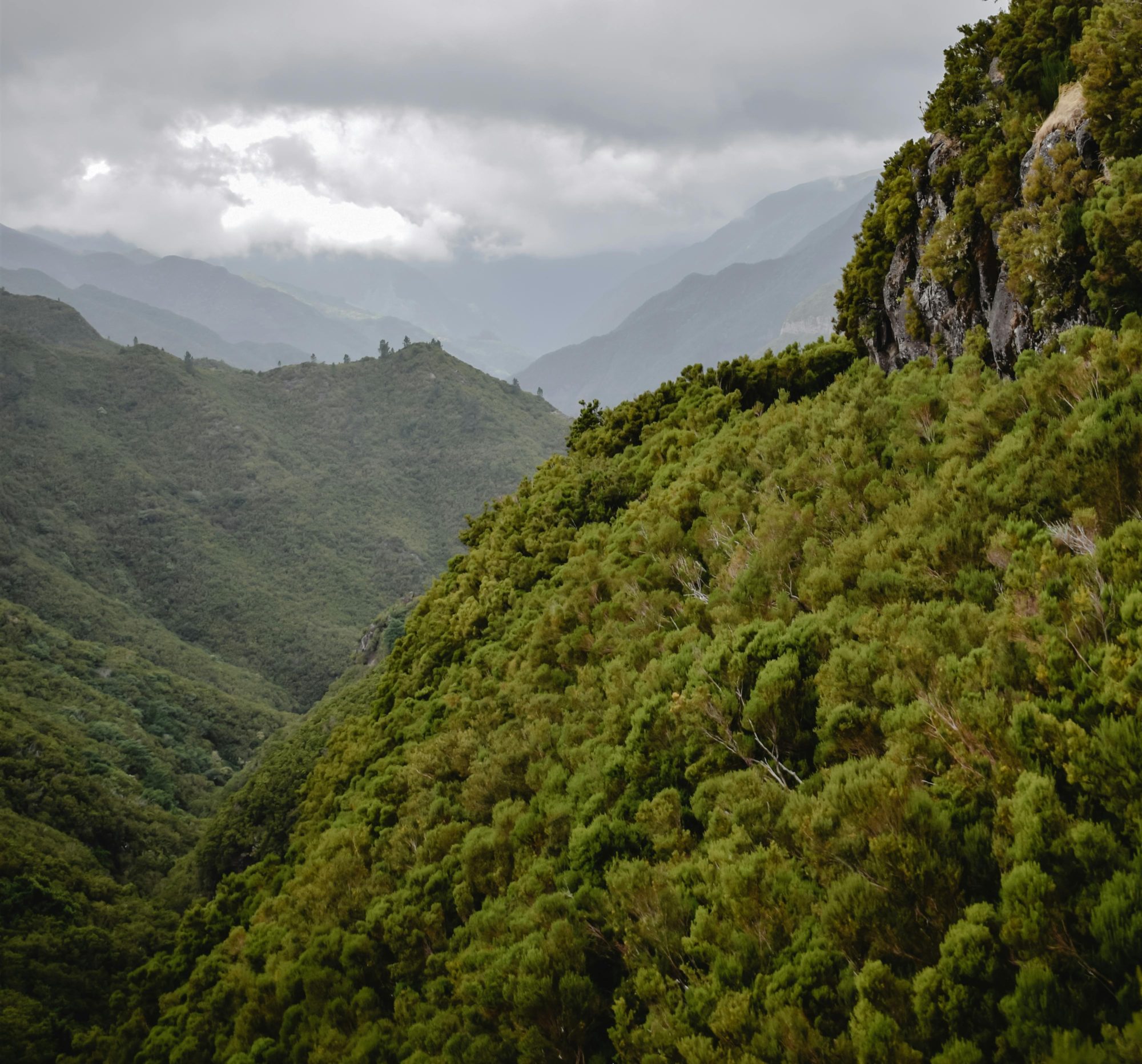La Palma Deep Demonstrator
ES
La Palma cuenta con 162 galerías y 75 pozos de agua, además de 150 manantiales, que en conjunto contribuyen a un caudal total de 75,31 hm³/año. Sin embargo, muchas de estas galerías y pozos están actualmente fuera de servicio. El agua captada se transporta y distribuye a través de canales, estando el sistema bien cartografiado y controlado. Debido a la topografía de la isla, la extracción de agua sin autorización es difícil.
En La Palma disponemos de cinco demostradores y cada uno de ellos cuenta con objetivos y métodos de almacenamiento diferentes. Para más información sobre este emplazamiento y sus demostradores, haga click a continuación en “Learn more”.
EN
La Palma has 162 water galleries and 75 water wells, in addition to 150 springs, which together contribute to a total flow of 75.31 hm³/year. However, many of these galleries and wells are currently out of service.The captured water is transported and distributed through channels, with the system being well-mapped and controlled. Due to the island’s topography, unauthorized water extraction is difficult.
In La Palma we count with five demonstrators, each of them with different goals and storage methods. For more information about this region and its demonstrators, click on the following button “Learn more”.
Gran Canaria
ES
El emplazamiento de Gran Canaria, situado a 10 km al sur de la capital, tiene por objeto desarrollar un sistema de tratamiento de acuíferos del suelo para la masa de agua subterránea ES7GC003, que comprende 109 pozos, 72 de los cuales están actualmente en funcionamiento. Un estudio realizado en 1997 reveló que 52 de estos pozos superaban niveles de cloruro de 300 ppm, lo que indicaba problemas relacionados con la intrusión marina y la contaminación por riego, y datos recientes sugieren un nuevo deterioro de la calidad del agua.
La EDAR de Jinámar procesa 1,89 hm3/año, reutilizando 0,47 hm3/año y vertiendo 1,42 hm3/año al mar. Esto equivale a un vertido diario de aproximadamente 5.000 m3 de aguas residuales tratadas.
EN
The Gran Canaria site, situated 10 km south of the capital, aims to develop a soil aquifer treatment system for groundwater body ES7GC003, which
comprises 109 wells, with 72 currently operational. A 1997 survey found that 52 of these wells exceeded chloride levels of 300 ppm, indicating issues related to marine intrusion and irrigation contamination, and recent data suggests a further decline in water quality.
The Jinámar WWTP processes 1.89 hm3/year, reusing 0.47 hm3/year and discharging 1.42 hm3/year into the sea. This equates to a daily disposal of approximately 5,000 m3 of treated wastewater.
El Hierro
ES
El emplazamiento demostrador de El Hierro estudiará el potencial de las galerías de pozos y los diques volcánicos para generar resiliencia frente al cambio climático. Se actualizará un modelo hidrogeológico 3D que permitirá evaluar y cuantificar con precisión la resiliencia generada por el NbS frente al cambio climático.
EN
The El Hierro demonstrator site will study the potential of well-galleries and volcanic dykes to generate resilience against climate change. Based on our previous 2D [56], an upgrade will be made to a 3D hydrogeological model that allows for the precise evaluation and quantification of the resilience generated by the NbS against climate change.
Faial
The Faial demonstrator site will study, design and build an aquifer storage and recovery system, using excess potable water accumulated in existing earth dams/watering ponds, to re-establish the fresh water supply capacity of Furo das Cancelas.
The interface between freshwater and seawater in coastal aquifers is highly dynamic and sensitive to changes in the hydraulic gradient between sea- and groundwater levels. Sea level rise, storm surges, and droughts are natural drivers changing the hydrostatic equilibrium between fresh- and saltwater, and this requires a comprehensive analysis of the benchmark case for this well.
Santiago
The Santiago demonstrator site will study, design and build 4 infiltration ponds to recharge an aquifer that is being used for irrigation, affected by saline intrusions. The ponds will be built in the headwaters of S. Miguel sub-basin (with an area of 14.4 km2), which is part of the Santa Cruz river basin (the basin with the largest area in Santiago, 355 km2, and the largest total precipitation volume, 121 hm3).
The S. Miguel sub-basin is known for its agricultural potential, and the local geology includes pillow lava and greenish tuff layers, making it a good destination for testing GENESIS concepts.
Madeira
The Madeira demonstrator site will study, design and build four to six infiltration ponds in the headwaters of Ribeira Brava watershed to minimise storm runoff peak discharge and maximise infiltration and aquifer recharge. This watershed has an area of about 41 km2, and borders with significantly higher altitudes than the Madeira central region, which denotes a steep slope that tends to supply the main watercourse quickly.
The watershed has a significant rate of soil sealing by urbanisation and pavements, and the precipitation catchment area supplies the stream that borders Ribeira Brava parish.

